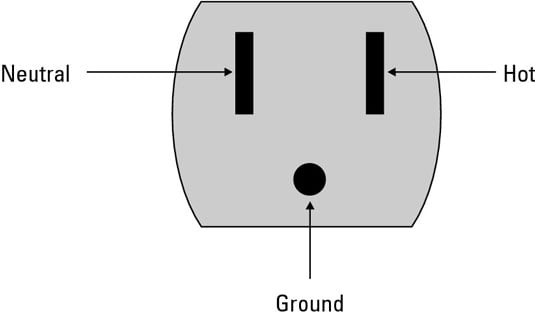On A Wall Plug Which Is Positive

The humble wall plug, a ubiquitous portal powering our modern lives, holds a secret often overlooked: which side is positive? While alternating current (AC) powers most household outlets, understanding the polarity – the direction of current flow – can be crucial for certain electronic devices and, more importantly, for ensuring electrical safety. Misunderstanding this subtle detail can lead to equipment damage, malfunction, and even dangerous electrical shocks.
At the heart of this issue lies the difference between AC and direct current (DC). This is the core understanding: the polarity of an AC outlet isn't fixed but alternates rapidly, while DC has a constant polarity. Despite this alternating nature, AC outlets are designed with a neutral and a hot side, influencing how some devices and adapters operate. This article delves into the details of AC outlet polarity, exploring its relevance, potential hazards, and the best practices for electrical safety in our homes and workplaces.
Understanding AC and Polarity
Household electrical outlets in many countries, including the United States, use 120V AC power. In AC systems, electrons don't flow constantly in one direction like in DC circuits. Instead, they oscillate back and forth, typically at a frequency of 60 Hertz (Hz), meaning the current changes direction 60 times per second.
Despite this constant change, AC outlets are designed with a neutral and a hot wire. The hot wire carries the electrical current from the power source. The neutral wire provides a return path for the current back to the source, ideally at a voltage close to zero.
For standard North American outlets, the hot wire is connected to the smaller slot, while the neutral wire is connected to the larger slot. The third, round pin is the ground, which provides a safety path for fault currents.
Why Polarity Matters
While AC inherently alternates, polarity matters primarily for safety and functionality, particularly when dealing with polarized plugs and certain electronic devices. Polarized plugs are designed with one blade wider than the other. This design ensures that the plug can only be inserted into the outlet in one direction, aligning the device's internal wiring with the hot and neutral wires of the outlet.
Many electronic devices, especially those using transformers, benefit from correct polarity. Adapters and chargers often rectify the AC voltage to DC. Incorrect polarity could cause damage or malfunction in some cases. Even if not directly harmful, improper polarity can affect the efficiency or lifespan of sensitive components.
The ground wire serves as a crucial safety mechanism. It provides a low-resistance path for fault currents to return to the source, tripping a circuit breaker or GFCI (Ground Fault Circuit Interrupter) and preventing electrical shock. An improperly grounded outlet compromises this safety feature.
Potential Hazards of Incorrect Polarity
Reverse polarity, where the hot and neutral wires are swapped, presents several potential hazards. It can cause electrical devices to become energized even when switched off. This is because the switch is typically located on the hot side, so reversing the polarity would mean the device is still connected to the hot wire even when the switch is off.
Reverse polarity can also affect the operation of GFCI outlets. These devices are designed to detect differences in current between the hot and neutral wires. Reverse polarity can prevent a GFCI from detecting a ground fault, thus failing to protect against electrical shock.
In some cases, reverse polarity can create a shock hazard if the metal chassis of an appliance becomes energized. This is particularly dangerous in older homes with outdated wiring or homes where DIY electrical work has been performed incorrectly.
Identifying and Correcting Polarity Issues
Identifying polarity issues is relatively straightforward using a simple outlet tester. These testers are inexpensive and readily available at most hardware stores. The tester plugs into the outlet and uses a series of lights to indicate whether the outlet is wired correctly.
If an outlet tester indicates incorrect wiring, it is crucial to address the problem promptly. Never attempt to correct wiring issues yourself unless you are a qualified electrician. Improper wiring can be dangerous and potentially life-threatening.
The safest course of action is to contact a licensed electrician to inspect the wiring and correct any issues. A qualified electrician will be able to identify the root cause of the problem and ensure that the wiring is brought up to code.
Best Practices for Electrical Safety
Regularly inspect electrical cords and outlets for signs of damage. Replace frayed or damaged cords immediately. Never overload electrical outlets or extension cords.
Test GFCI outlets monthly to ensure they are functioning correctly. If a GFCI outlet fails to trip when tested, replace it immediately. Install GFCI protection in areas where water is present, such as bathrooms, kitchens, and outdoor locations.
When working with electrical devices, always follow the manufacturer's instructions. Use surge protectors to protect sensitive electronic equipment from power surges. If you are unsure about any aspect of electrical safety, consult a qualified electrician.
The Future of Electrical Safety
Advancements in electrical safety technology continue to improve the safety of our homes and workplaces. Arc-fault circuit interrupters (AFCIs) are becoming increasingly common in new construction. AFCIs detect dangerous arc faults, which are a common cause of electrical fires.
Smart outlets and circuit breakers are also emerging as a new generation of safety devices. These devices can monitor electrical usage and detect potential problems, such as overloaded circuits or faulty appliances. Some smart outlets can even be remotely controlled, allowing you to turn off appliances from your smartphone or tablet.
Ultimately, electrical safety is a shared responsibility. By understanding the basics of AC polarity, following best practices, and seeking professional help when needed, we can create safer environments for ourselves and our families. Ignoring these crucial details can have devastating consequences.

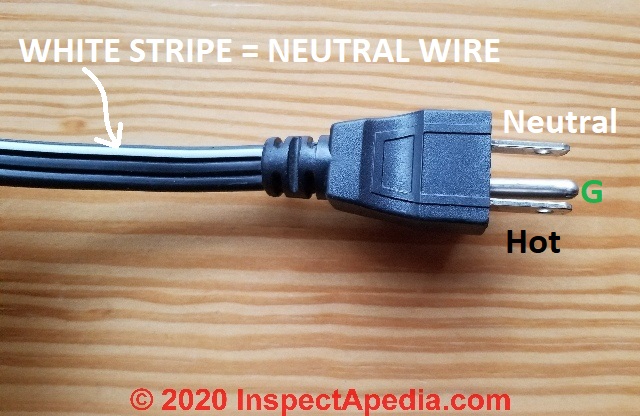


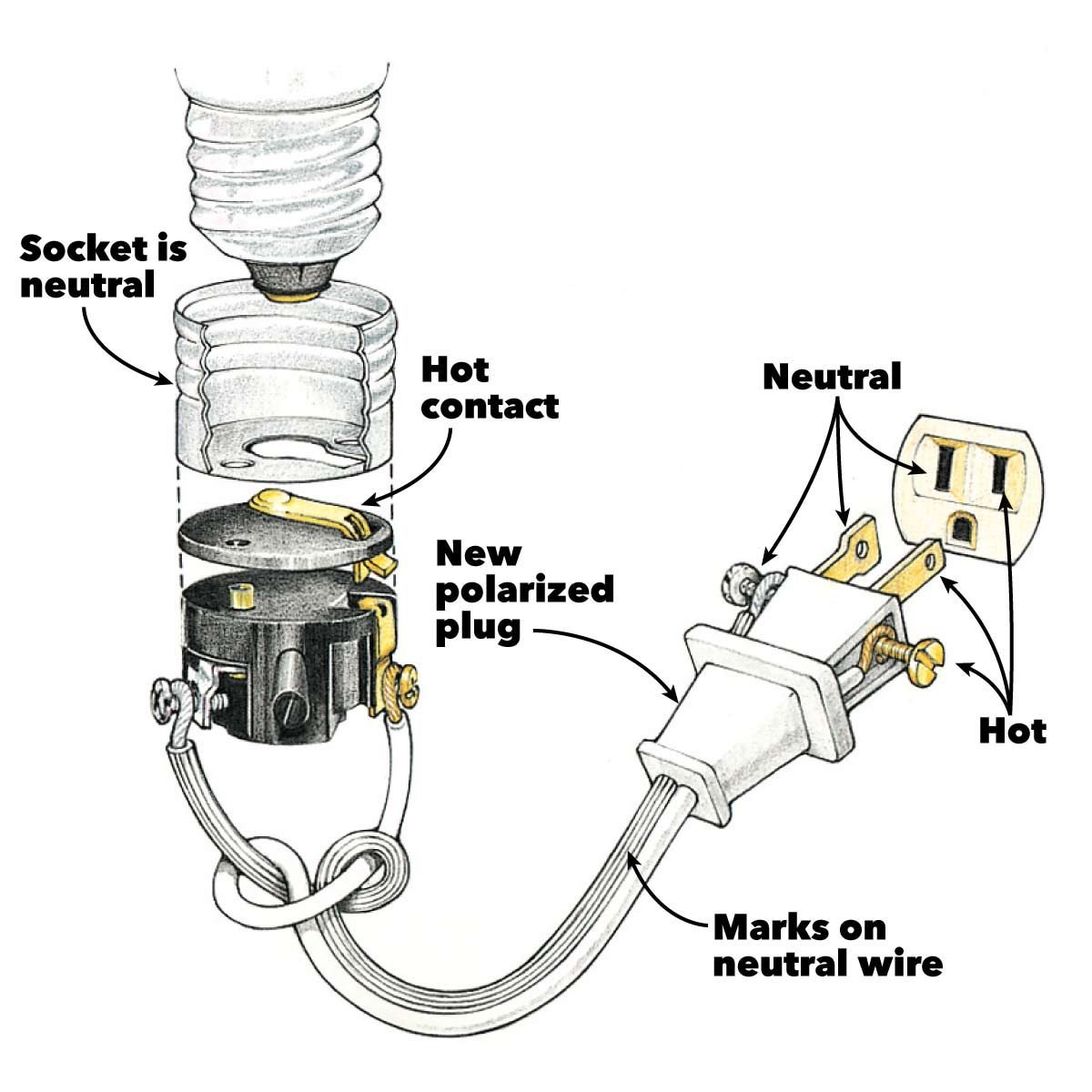



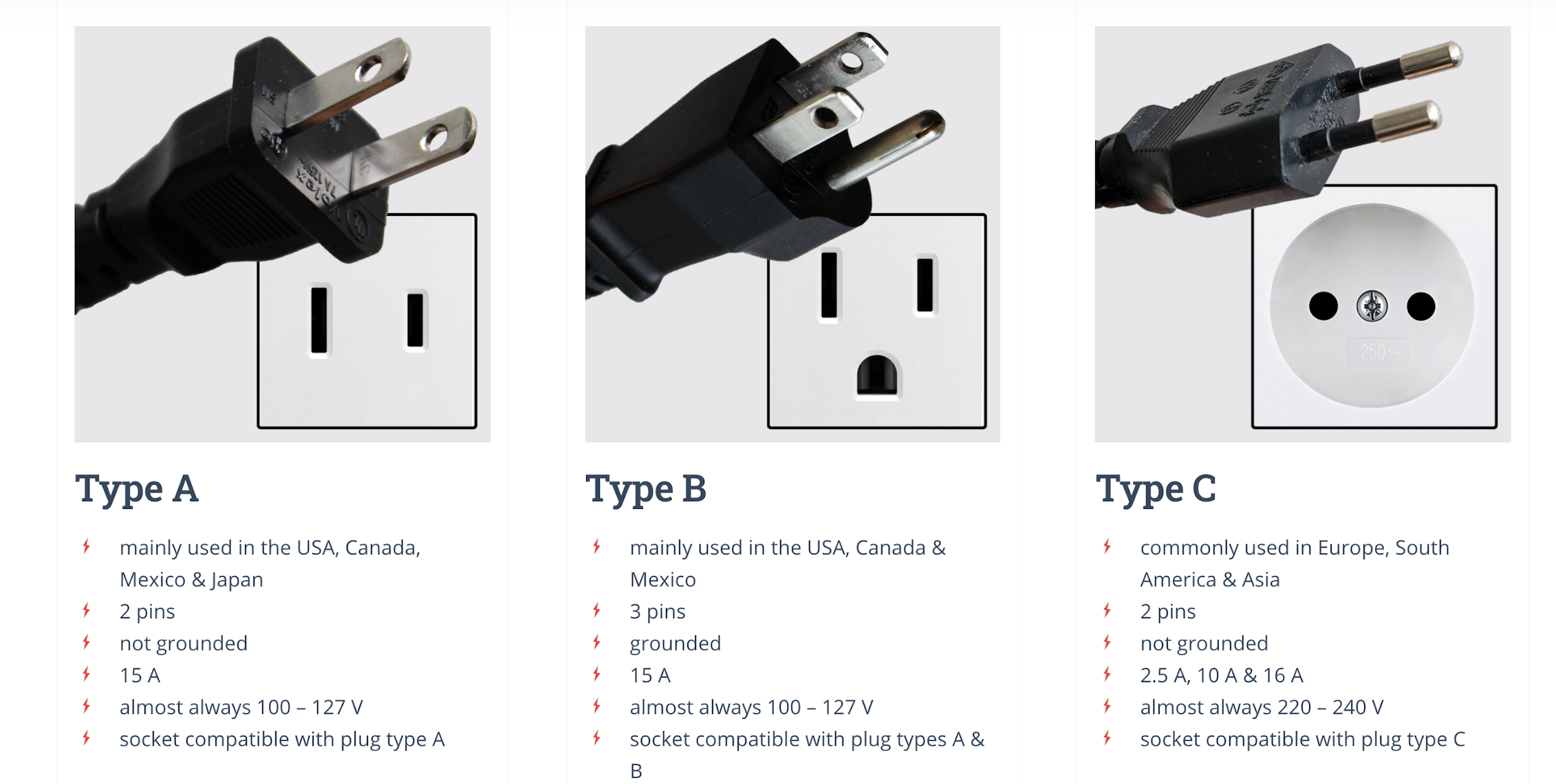


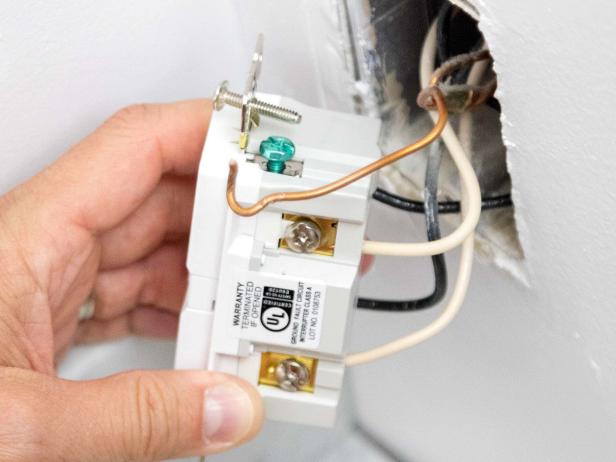
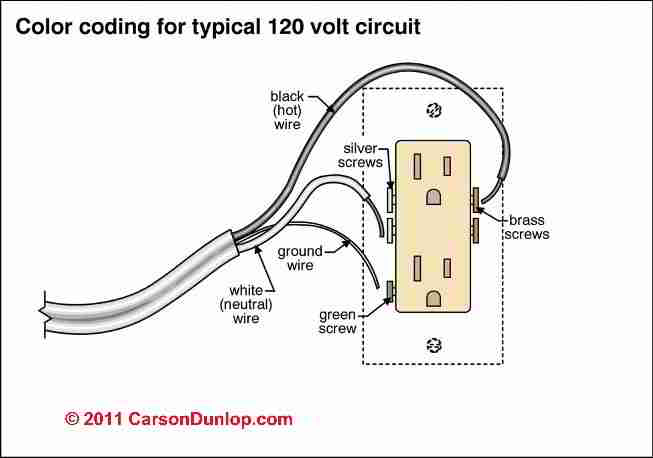
:max_bytes(150000):strip_icc()/GettyImages-1355009624-631d3cc291504a889448138f1354e712.jpg)

